Helsinki

Boundary of the Nordic east and birthplace of the sauna

Helsinki in Finland is the second-most northerly capital city in the world (after Reykjavik), being on the same latitude as Anchorage and the southern tip of Greenland. It is still a good four hundred miles from the Arctic circle, so the sun sets during midsummer but it doesn’t get fully dark, as we discovered. Finland prides itself on having avoided becoming part of the Soviet Union and acts as a buffer between East and West. The border has shifted back and forth over the years, and currently sits to the west of Vyborg, Russia. There are about five million people in the country, which in Finnish is called Suomi. Finnish is a very different language from Norwegian and Swedish, and is more closely related to Estonian.
Finland was the first stop on our Baltic tour 2004, we had a return flight to Helsinki from Aberdeen via Amsterdam. We spent a night there at the start of the tour where we didn’t see much except the inside of an Irish pub for the football (Euro 2004), and two nights on the way back. Both times we were staying at the Academica Summer Hostel, student halls which during the summer are hired out to backpackers. The place had a swimming pool and a sauna, the quintessential Finnish experience as of course, they invented it.

A café in the station square on Mikonkatu, where we had some very spicy pizza. The building in the background is the Ateneum, one of the biggest art galleries in the country. Mikonkatu itself hosts many fine hostelries, as we discovered.
In the height of summer, the streets are thronged with Finns and backpacking tourists alike. This was taken outside of Kämp Galleria, one of Helsinki’s more upmarket shopping centres.


Esplanadi Park characterises the centre of Helsinki, a green corridor through the commercial area, popular for picnics and street performances. The statue is of Johan Ludvig Runeberg, Finland’s national poet.
Espa Park is bounded by the wide boulevard of Pohjoisesplanadi to the north, which runs down to the market and the harbour.

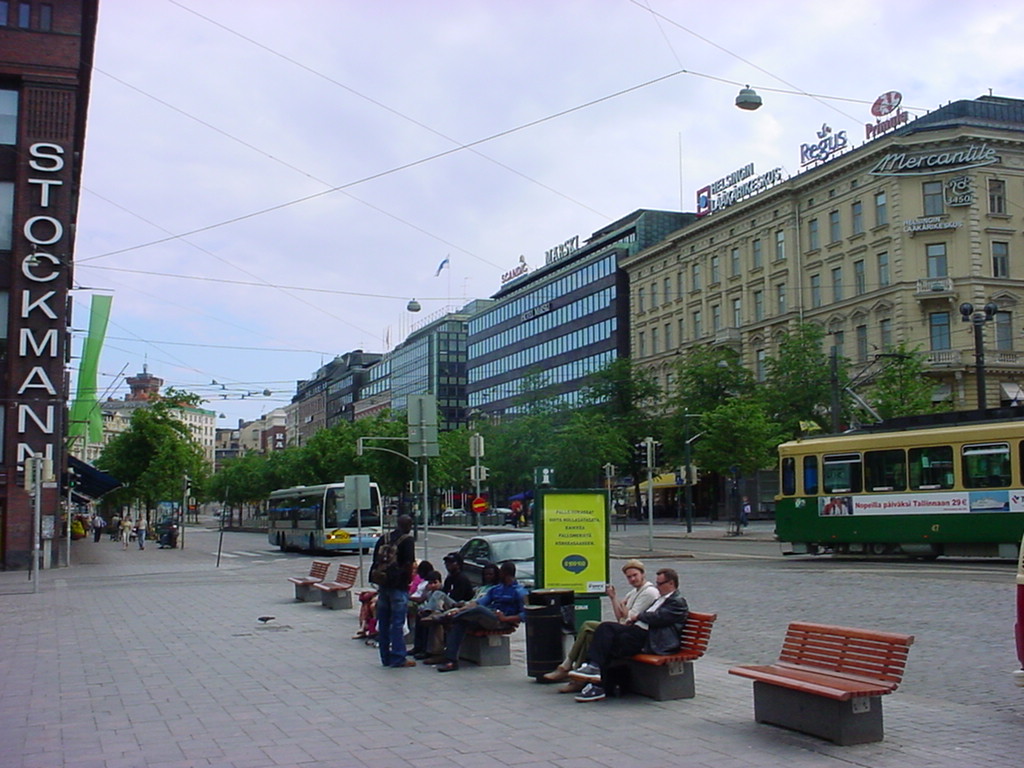
Much of Helsinki was built post-war, in common with many Nordic cities, but the old tram network has survived since 1891, as seen here outside the giant Stockmann department store, the largest in Scandinavia.
Perhaps the most recognisable of the landmarks in Helsinki is the cathedral on Senate Square, where the University of Helsinki and the government palace are also located. The cathedral was built in 1852, and like most of old Helsinki was built in the empire style popular in Saint Petersburg at the time.

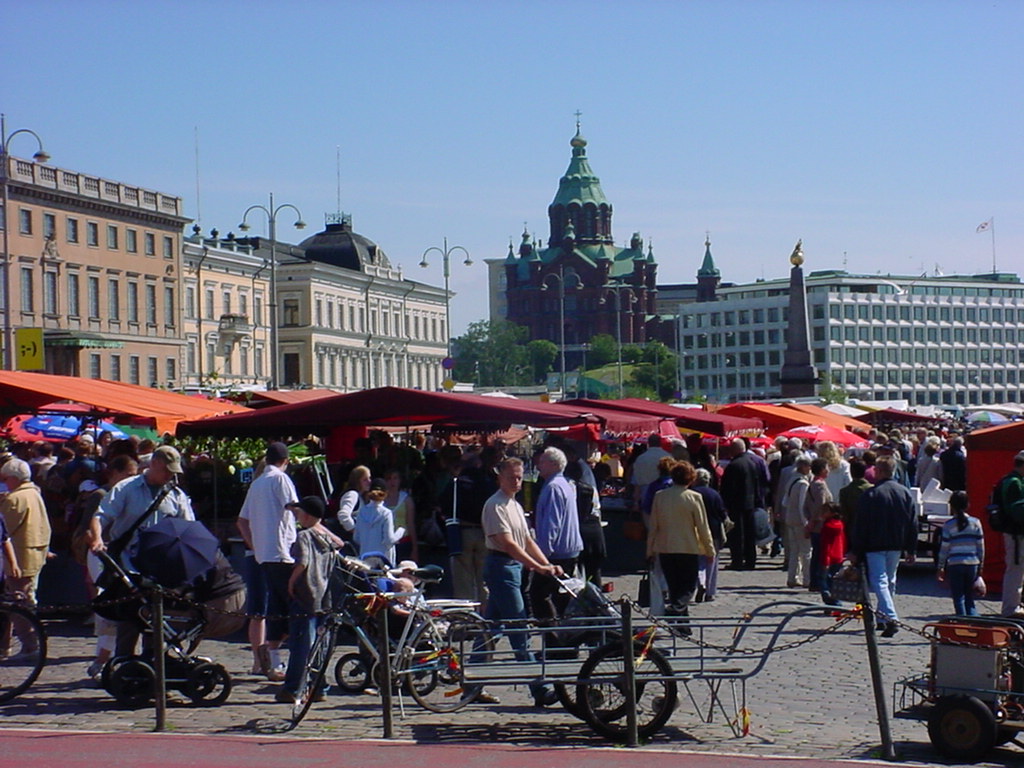
Helsinki’s harbour and market meet here at Kauppatori, where things are not really much of a bargain. given the Scandinavian trend for expensiveness!
Ferries ply the waters from Helsinki to many of the local islands, and across the Gulf of Finland to Estonia. Finland ranks third for the country with the highest number of islands, behind Norway and Sweden.

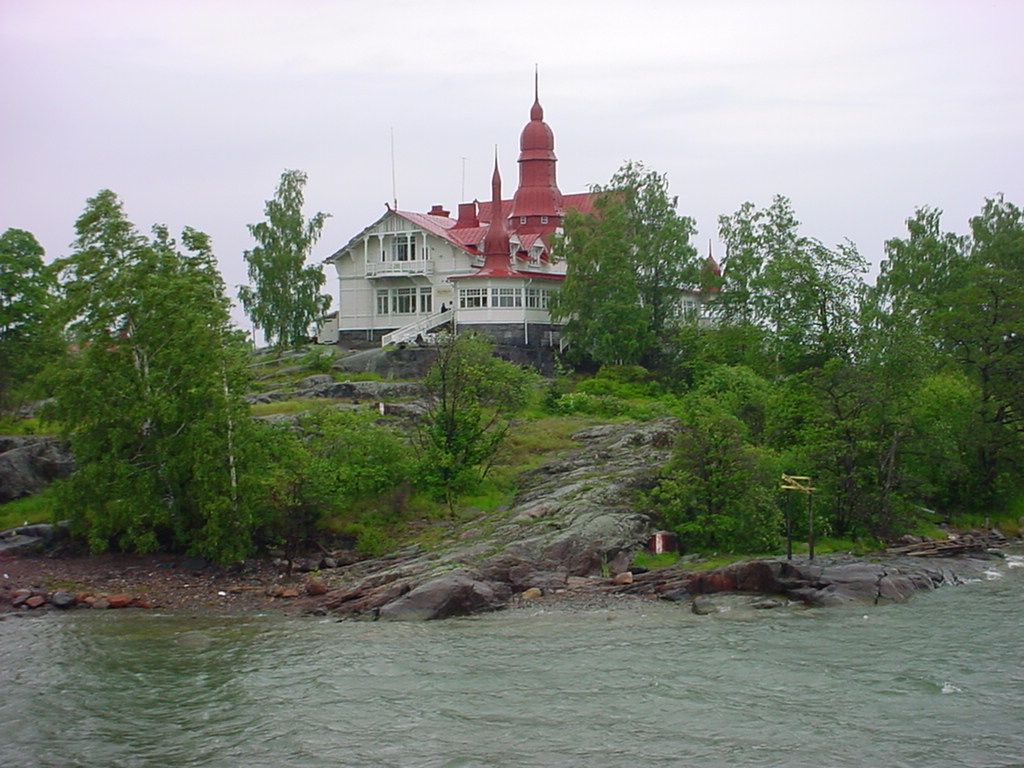
The harbour area and outlying waters all along the southern coast are filled with literally thousands of islands, many of which are inhabited by opportune island-dwellers. This was one of many that we sailed past on our way into the dock from Estonia.
But the island we chose to visit as a top priority, was the one hosting Korkeasaari Zoo, only a short boat trip away from the market area. I captured this graceful photo of Finland’s icon beast, the noble forest reindeer, as he snored off his lunch.


The cathedral domes are clearly visible from the zoo, across Helsinki harbour.
The Art Nouveau railway station in the city centre was built in its current form in 1916, and it was from here that Lenin departed for Saint Petersburg to seize power in Russia in 1917. The muscular granite Lyhdynkantajat or lantern bearers have become something of a pop culture icon.

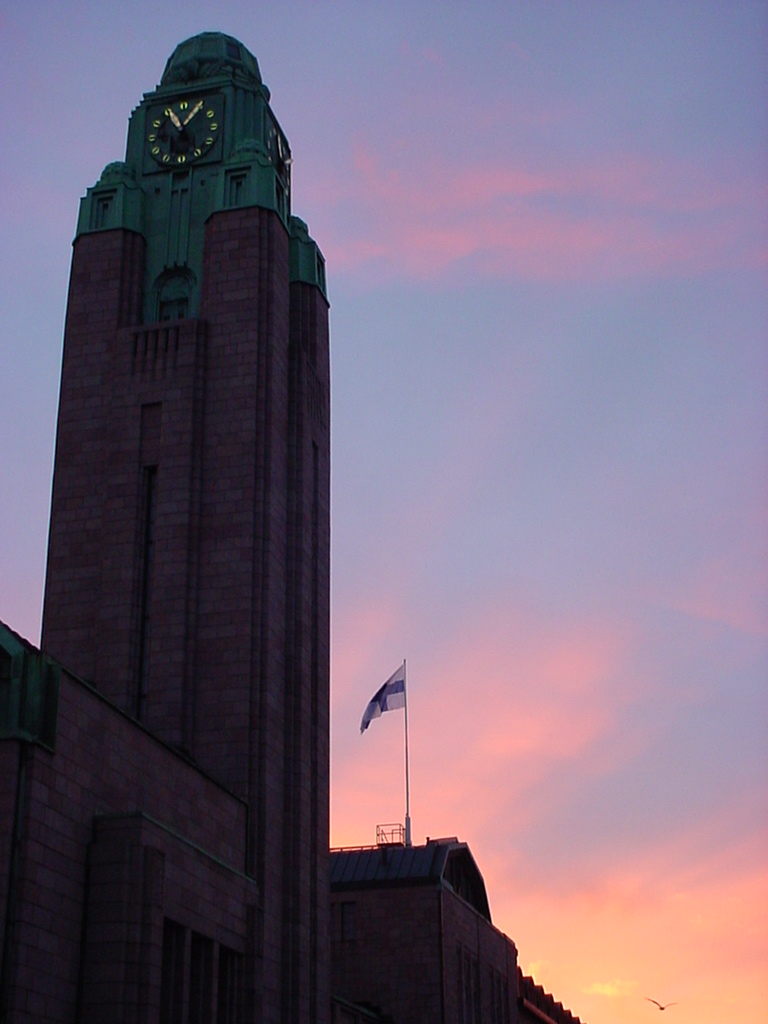
Helsinki Central Station clock tower is one of the key landmarks in the city, completed in 1919. As you can see by the time, it was after 11pm and the sun was still painting the sky red.
I was surprised, to say the least, when I spotted a lone ranger riding into the sunset, until I realised that it was in fact an equestrian statue. I was very pleased with the result of this photo, taken at Mannerheim Square. The statue is of Mannerheim himself, national hero and past president of Finland.

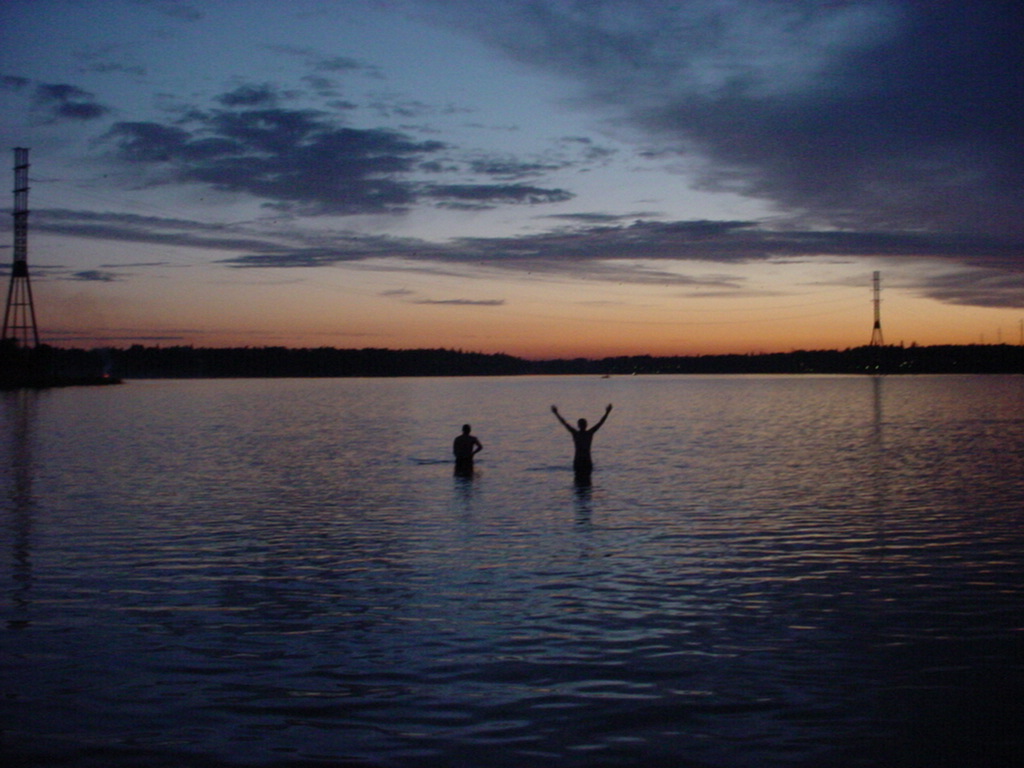
During the summer solstice festival the Finns tend to go into the country with family for barbecues and a short holiday, but there were a lot of people down at Hietaranta beach at the end of Hietaniemenkatu. All around the coastline and on the islands we could see the glowing bonfires and pillars of rising smoke as people celebrated. Then we jumped into the Baltic Sea. Here we are standing in the Baltic at about quarter past midnight on the 26th of June, our last night in Finland, and what a way to end it!
Created 2004 | Updated 2015, 2024
